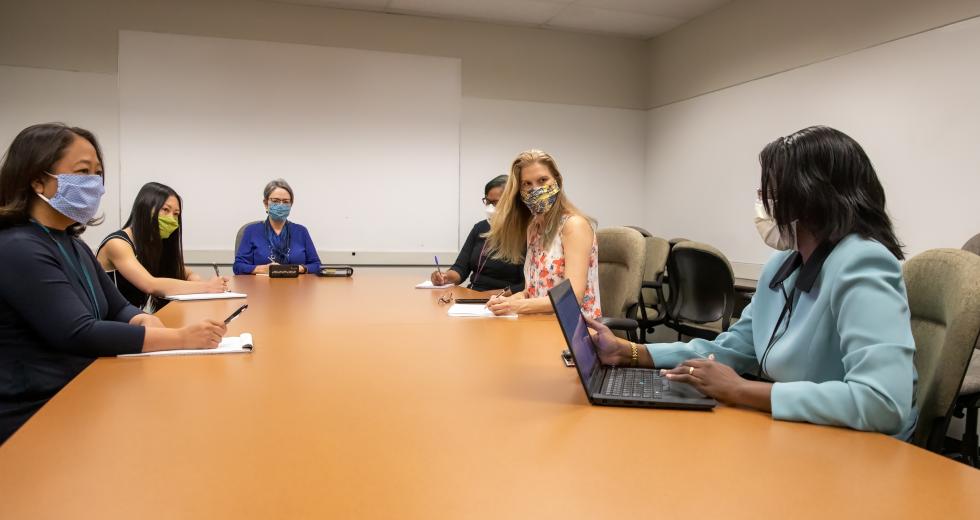Contact tracing has been used for decades to track the spread of infectious disease, but it was a process few in the general public understood until the highly-contagious coronavirus entered America’s consciousness in early 2020.
As of press time, there have been 1.7 million confirmed cases in the United States and more than 101,000 deaths due to COVID-19, the disease caused by the coronavirus. Sacramento County has 1,319 confirmed cases, with 56 deaths; California has 98,980 cases and 3,884 deaths. The often difficult process of tracing the virus path is an important way to slow outbreaks, and experts say it will help people more safely return to a relatively normal life as California eases its shelter-in-place order that began March 19.
The Iron Horse Tavern at 15th and R streets in Sacramento was one
of the many area restaurants to open for business over the
Memorial Day weekend. With shelter-at-home orders being relaxed
and restaurants and other businesses offering limited openings,
health experts believe coronavirus cases will continue to occur,
adding to the importance of contact tracing.
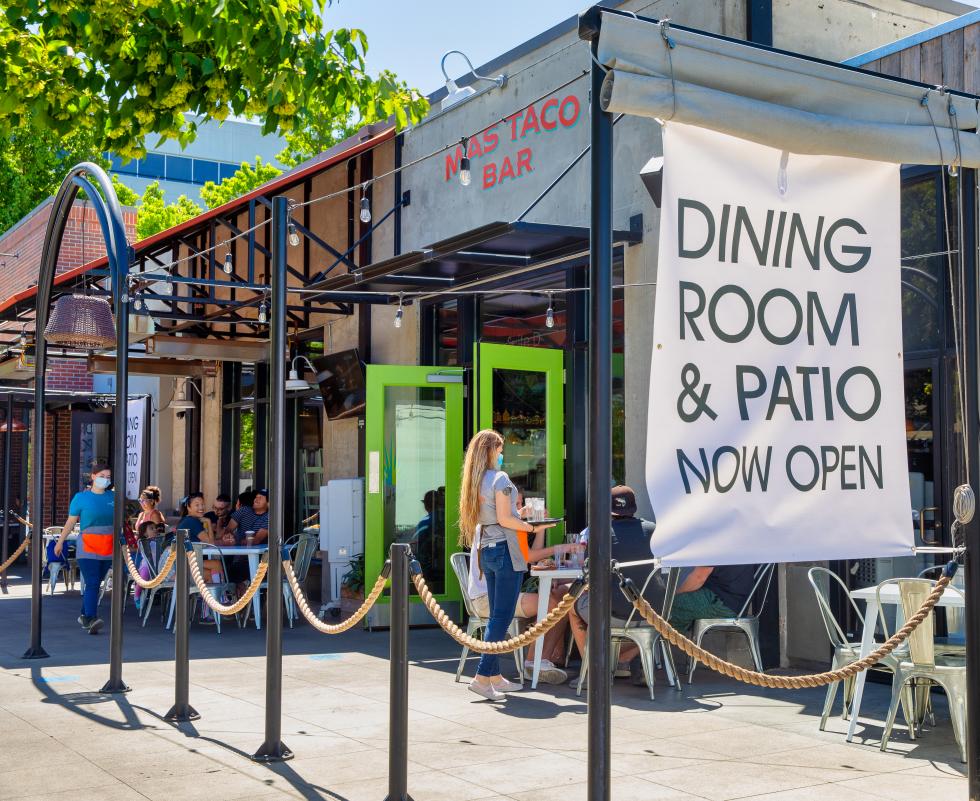
While Sacramento City Mayor Darrell Steinberg looks on, District
5 City Councilman Jay Schenirer prepares to take his COVID-19
test May 15 at the opening of the testing clinic at St. Paul’s
Missionary Baptist Church in the Oak Park neighborhood of
Sacramento. The clinic is open for appointments only on Tuesdays
and Fridays, 9 a.m. to 3 p.m. Both Steinberg and Schenirer tested
negative.
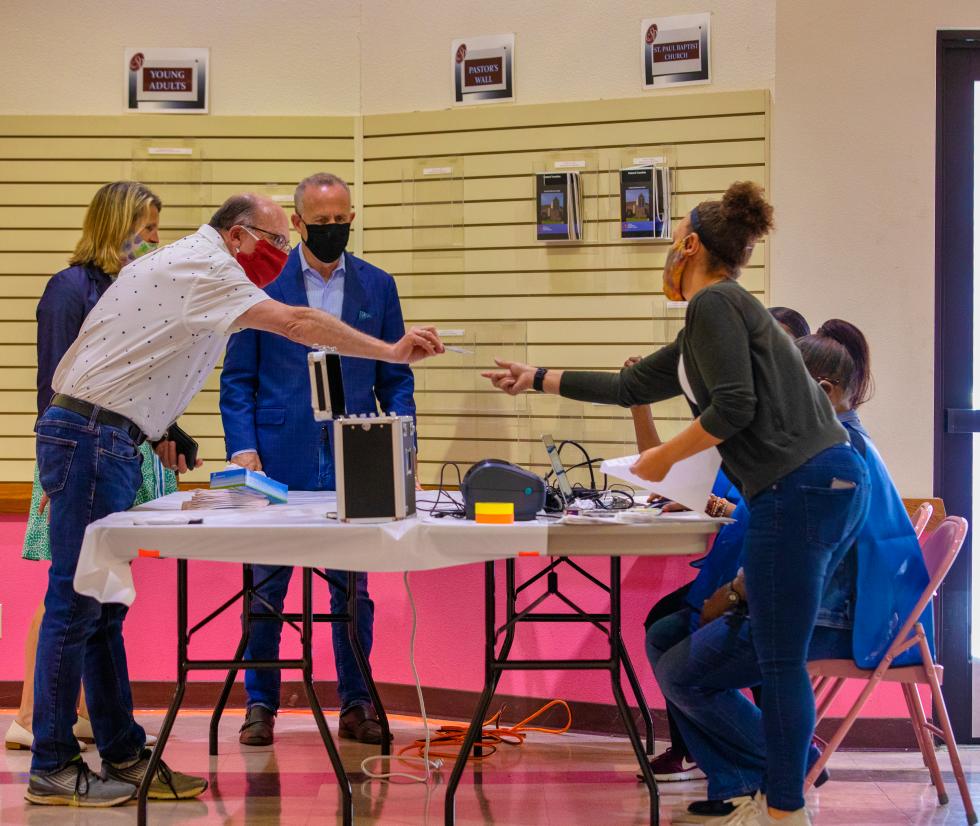
Sacramento Mayor Darrell Steinberg was tested for COVID-19 May 15
at the opening of the testing clinic at St. Paul’s Missionary
Baptist Church in the Oak Park neighborhood of Sacramento. “I’ve
never had a picture taken with something up my nose,” Steinberg
said before the test. “That was quick,” he added when it was
over.
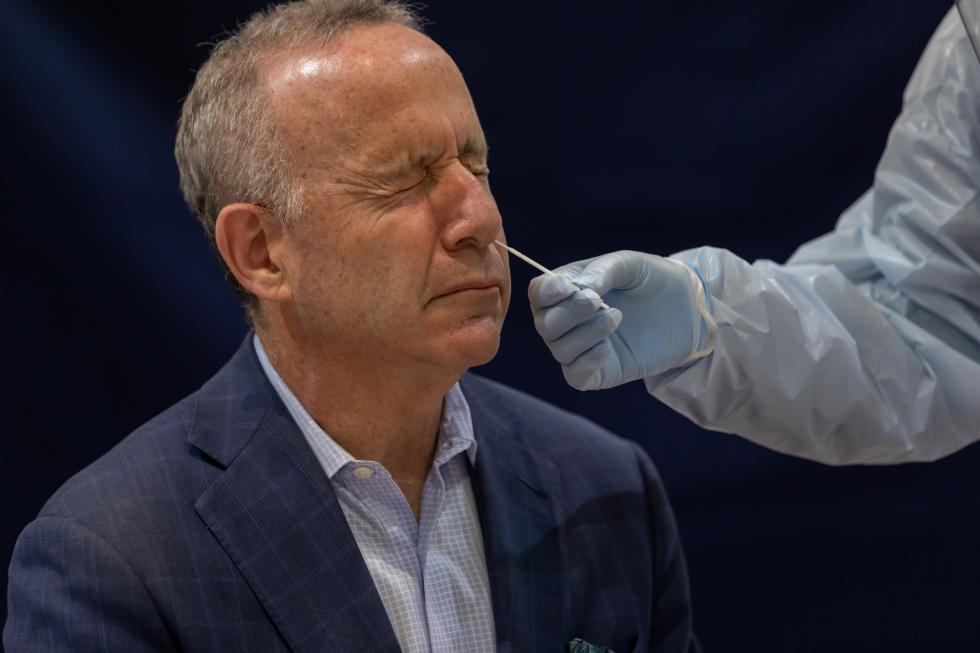
Dr. Olivia Kasirye has been Sacramento County’s public health
officer for about eight years. She also leads the county’s
program contact tracing team.

“We’ve seen a lot of interest (to be contact tracers), but 30 should be enough for the number of cases we have for now,” Kasirye said in late May, adding that plans call for another 30 tracers if cases increase.
–
Stay up to date on the effects of the coronavirus on people and business in the Capital Region: Subscribe to the Comstock’s newsletter today.
Recommended For You
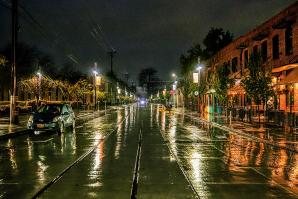
These Empty Streets
A month into the coronavirus shelter-in-place order, people are staying off the streets
As people stay home to do their collective part to flatten the curve, Sacramento’s once-busy streets, parks and freeways stand empty. These photos capture the eerie, temporary quiet.

Follow Her Lead: Olivia Kasirye
As the country celebrates the 100th anniversary of the 19th Amendment, we profile 19 leaders in the Capital Region
Olivia Kasirye, public health officer of Sacramento County, is often called on to be a stable figure at the center of a crisis.
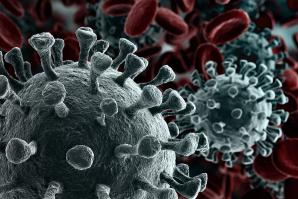
New Field of Study
Chris Xu of ThermoGenesis discusses his Rancho Cordova company’s role in the coronavirus pandemic
After screening millions of cells that secrete antibodies, scientists at a Rancho Cordova-based automated cell processing company and its collaboration partners believe they found a potential path to treat COVID-19.
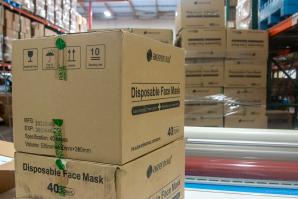
Behind the Mask
Precision Medical Products CEO Jeremy Perkins on how the Rocklin-based company has pivoted to produce more personal protective equipment
Before the COVID-19 pandemic, Precision Medical Products primarily focused on products for post-surgical patients. But with PPE in short supply nationwide, the company swiftly allocated all its resources toward the production and distribution of N95 and KN95 respirators.



